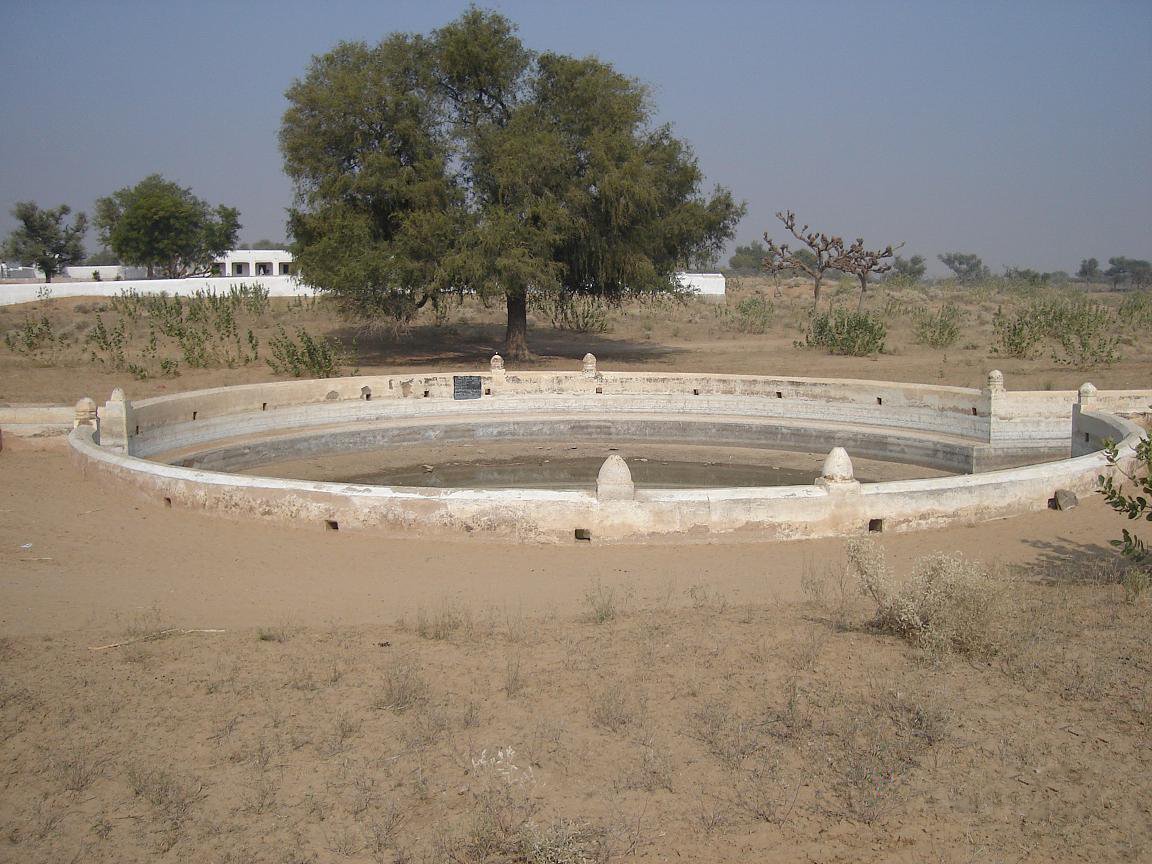Rapid urbanisation and water pollution have had a significant impact on the quantity and quality of surface and groundwater in many parts of India. The agricultural system in the country is still heavily reliant on rainfall. Because of changing rainfall patterns, the government is considering reviving traditional water conservation methods. Some of them are as follows:
Talab or Bandhi: Talabs, also known as ponds, are reservoirs used to store water for drinking and household use. These ponds can be both natural and man-made. Talab refers to a reservoir that is less than five bighas in size, whereas bandhi refers to a medium-sized lake.
Jhalaras: In the past, Jhalaras were built to provide regular water supply for community use, religious rites, and royal ceremonies. These are rectangular stepwells with three or four sides of tiered steps. These stepwells collect subterranean water seepage from a lake or an upstream reservoir.
Baoli: Baolis were built by the ruling class for strategic, civic, or philanthropic reasons. These structures were accessible to people from all walks of life. Baolis are beautifully designed stepwells with arches and motifs. The purpose of these baolis was primarily determined by their location. Baolis on trade routes, for example, were used as rest stops, whereas those within villages were used for utilitarian purposes and social gatherings.
Kund: Kunds were constructed primarily in Gujarat and Rajasthan to conserve water and harvest rainwater for drinking purposes. It is essentially a saucer-shaped catchment area that slopes towards the circular underground well in the centre.
Bawari: Stepwells that formed the earliest water storage networks in Rajasthan are an example of traditional water conservation methods in India. They were specially designed to divert the region’s minimum rainfall to artificial tanks via canals built on hilly terrain on the city’s outskirts.
Taanka: Taanka is a traditional type of water conservation system that uses rainwater harvesting techniques unique to Rajasthan’s Thar desert region. Taanka is a cylindrical paved underground pit into which rainwater flows from courtyards, rooftops, and artificially created streams.
Bamboo drip irrigation system: Among the various methods of water conservation in India, the bamboo drip irrigation system has been used in the country’s northeastern regions. It is a more than 200-year-old technique for irrigating terrace fields developed by tribal farmers. Water from perennial springs is transported through bamboo pipes in this system.
Zings: Zings are water harvesting structures that can be found in Ladakh. These are small tanks constructed to collect melting glacier water. In such mountainous areas, this is one of the simplest water conservation and management methods. A network of guiding channels directs water from the glacier to the tank.
